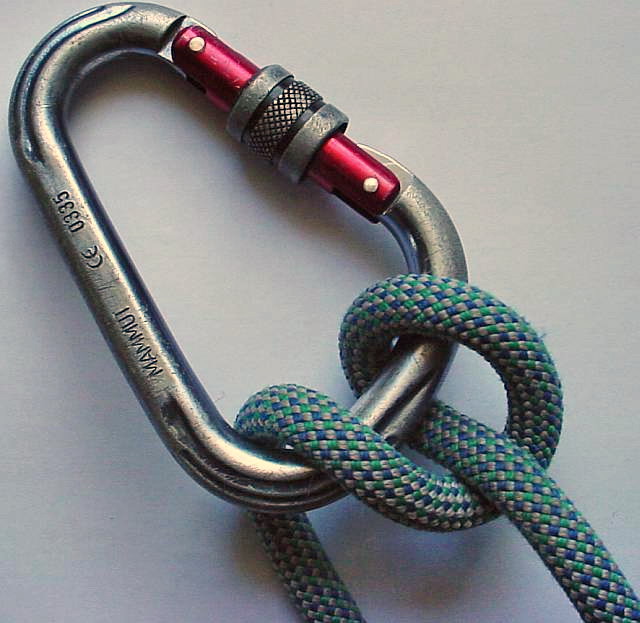I've often thought of what would happen if you were in a situation where descending a slope using a rope would be beneficial and you had something like 2-3mm dyneema, arborist throw line or even good old 550 Paracord on you?
Im not talking of any inclines where if you fall you just dangle just steep slopes. I did this all the time as a kid with some right old manky bits of fraying rope and survived!
I'm thinking that proper climbing rope will be best but it's not the sort of thing that one can carry with ease and that 40+ m of rope is quite bulky!
So with it's my ultimate decision and risk would something like The above mentioned cords even work in a descending figure of eight loop?
Im not talking of any inclines where if you fall you just dangle just steep slopes. I did this all the time as a kid with some right old manky bits of fraying rope and survived!
I'm thinking that proper climbing rope will be best but it's not the sort of thing that one can carry with ease and that 40+ m of rope is quite bulky!
So with it's my ultimate decision and risk would something like The above mentioned cords even work in a descending figure of eight loop?
Last edited:

